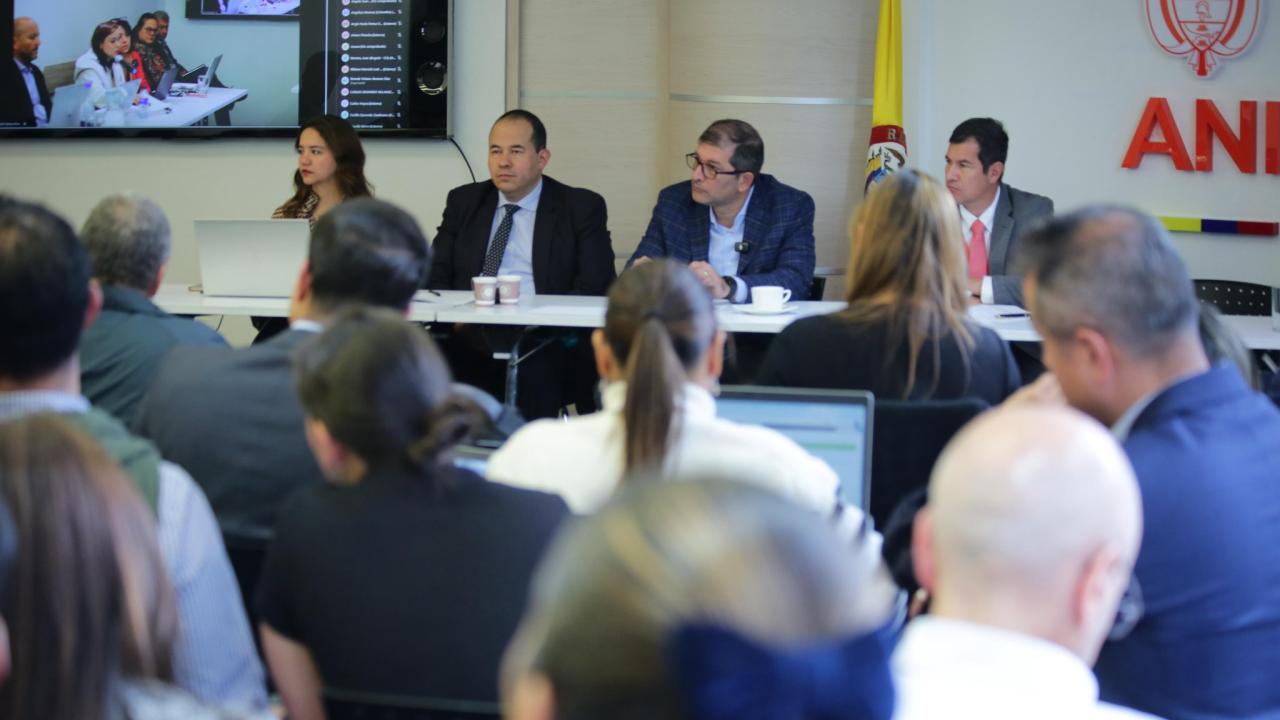
After years of waiting, the South American country has awarded the project that will revitalize rail transportation.
The train has the green light again in Colombia. Today, the government held the award hearing for the consortium that will be responsible for building, rehabilitating, operating, monitoring, and maintaining the rail corridor for ten years. The proposal is simple, but urgent: to promote intermodality, move large volumes of cargo, and reduce logistics costs. A project that has been going on for two decades and has finally seen the light at the end of the tunnel.
The Plural Line Railway Structure consortium, chosen from among three final bidders in the public tender, will refine this iron thread connecting the center of the country and the Caribbean Coast through 25 municipalities and five departments. To achieve this, it will have an investment of $2.27 billion through 2035, under the Public-Private Partnership model.
The organization is composed of Ortiz Construcciones y Proyectos SA, which owns 75% of the shares, and is completed by CI Colombian Natural Resources (10%) and Transferport SAS (15%).
The 526-kilometer La Dorada-Chiriguaná corridor begins in Caldas and ends in Cesar. To date, it has a $3.4 trillion investment: $2.6 trillion in long-term investment (Capex) and $795 billion in operating expenses (Opex).
The magnitude of the project is such that the selection process was extended twice due to legal, social, and environmental requirements. Why? To avoid a path well known to Colombians: cost overruns and delays that reduce benefits over time.
It's worth remembering that this project has been in the making for a long time, a revival that began with the National Infrastructure Agency in 2022. While it has received constructive criticism, like any major project, it has generally enjoyed more than evident public support; no one can argue that the country needs to expand its transportation portfolio before the railway lines continue to rust.
Rail freight transport has lost market share in recent years, with an overdependence on road infrastructure. In 2017, 25.2% of national freight was transported by rail, compared to 72% by road, according to industry figures and DANE (National Statistics Institute). By 2021, rail transport had fallen to 18%, while road transport rose to 82.5%.
However, in 2023, the corridor handled 182,000 tons of cargo. The government initially projected an increase to 194,000 tons by 2024, but the ANI raised the target to 220,000 tons, a 30% increase compared to the previous year and five times higher than the average between 2019 and 2022, which was 38,100 tons.
According to the National Planning Department, the corridor should handle 2.8 million tons annually over the next decade. The Ministry of Transportation, for its part, estimates that the volume will reach 1 million tons in the short term, with an ultimate goal of 5 million.
Major companies such as Grupo Familia, Bavaria, and, more recently, the National Federation of Coffee Growers (FNC) have joined the effort to load freight onto the La Dorada-Chiriguaná railcars.










